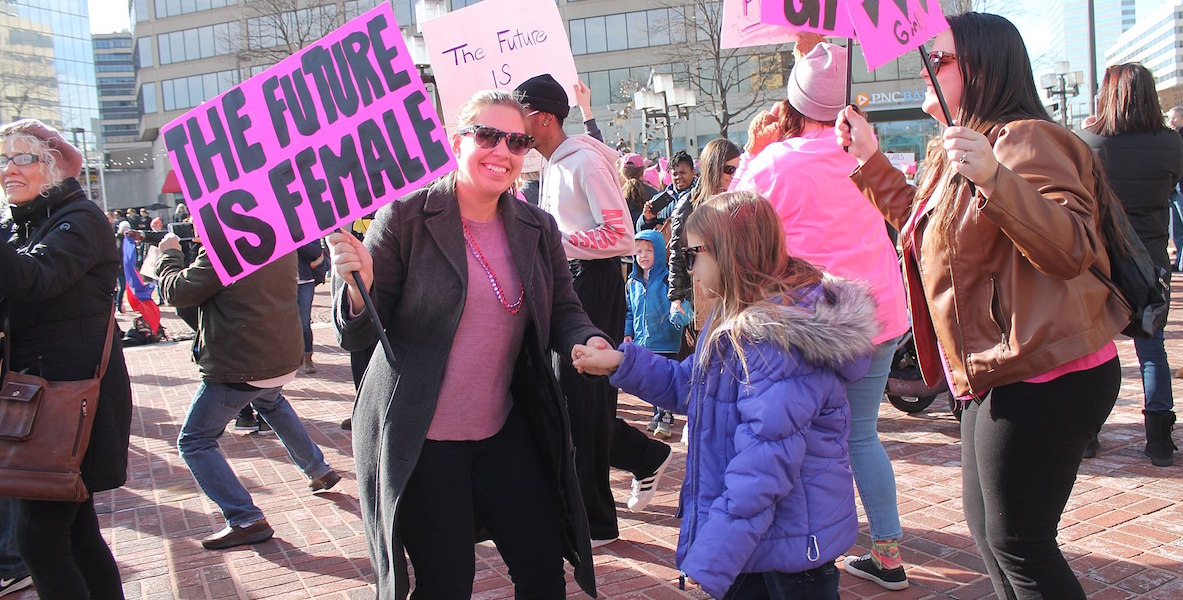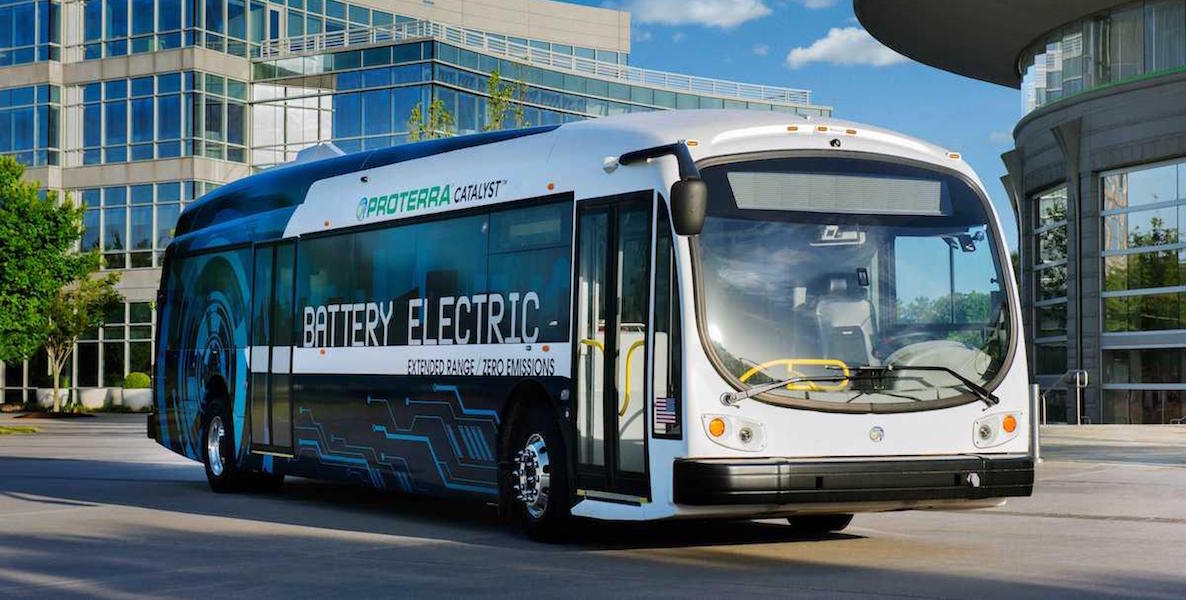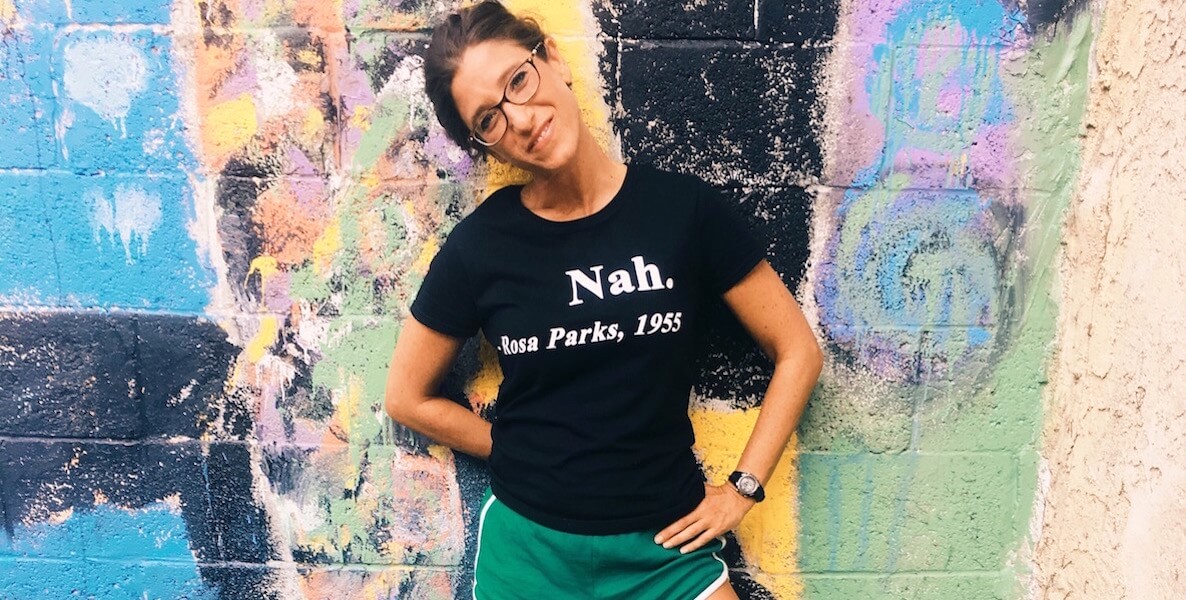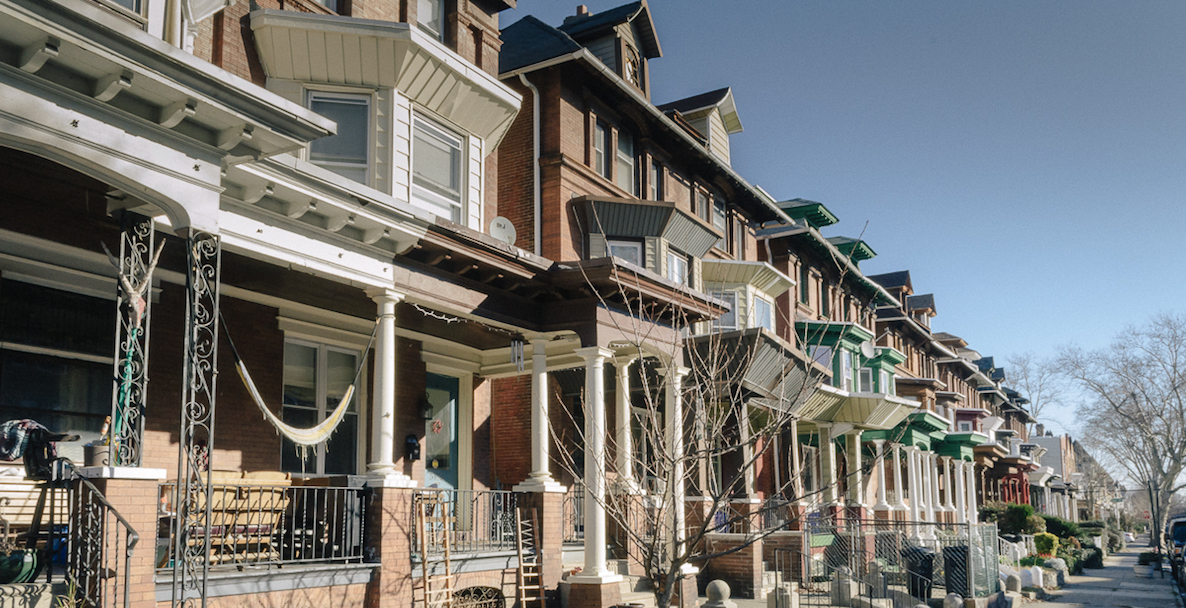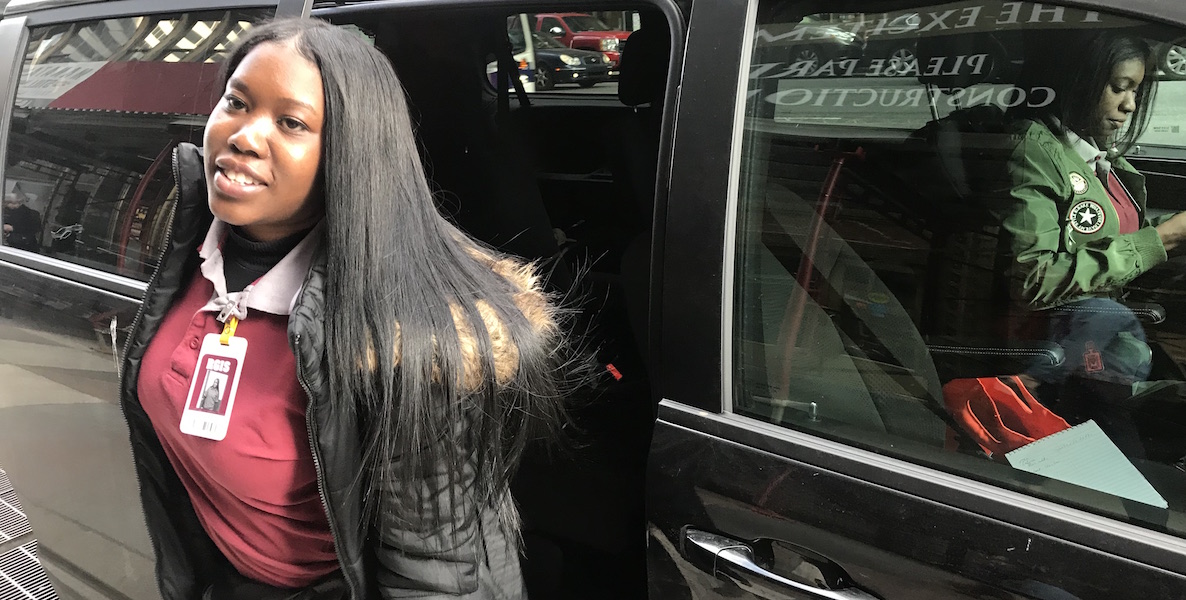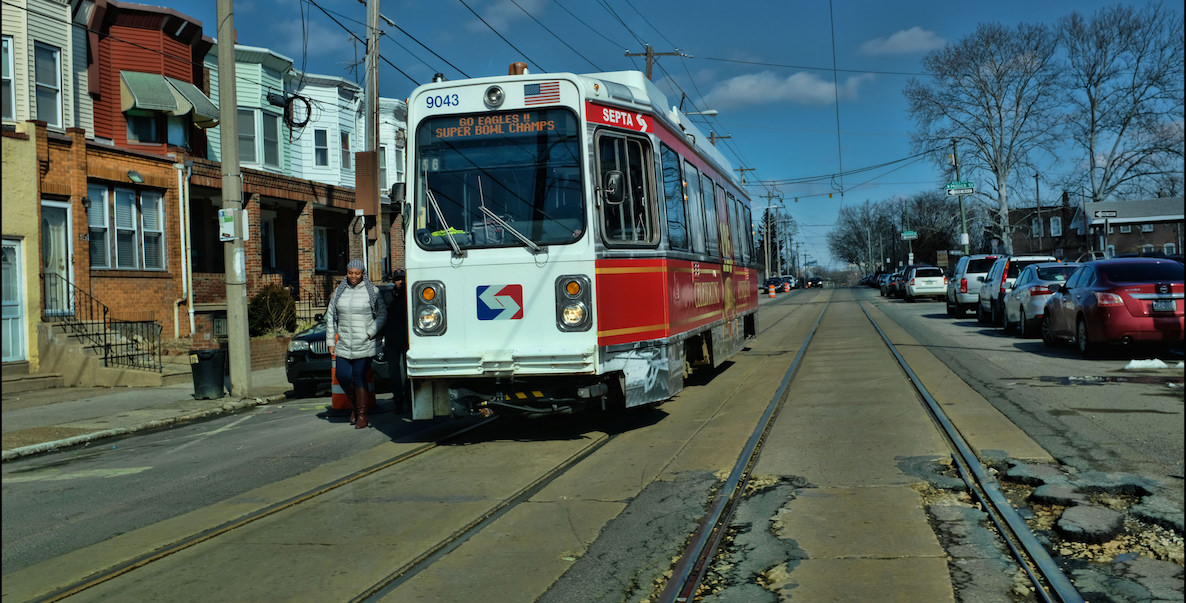Last year, City Council passed a bill allowing upzoning and bonuses to developers in areas around stops on the El and Broad Street Line as a way to incentivize denser development. In November, Councilwoman Jannie Blackwell became the first Council member to take advantage of the new rules, applying them to 46th and Market streets. Maria Quiñones-Sánchez introduced a bill this year calling for development around the El stations at York-Dauphin, Berks, Erie-Torresdale and Allegheny.
This idea, transforming transit stops into bustling residential and commercial districts, is called transit oriented development. Done right, TOD can introduce mixed housing and commercial opportunities while making residents less reliant on cars and more likely to use public transit. It can also make neighborhoods more walkable, desirable places to live.
But transit oriented development plans have mostly failed here. The same 46th and Market stop was targeted for a TOD project in 2008 that never materialized. The bill from last year was necessary because no Council member had taken advantage of TOD plans despite the same incentives for upzoning being part of Philly’s zoning code since 2013. So the question lingers: How can Philadelphia use transit oriented development to increase the vibrancy and livability of a neighborhood without pushing out longtime residents?
Transit oriented development plans have mostly failed here. How can Philadelphia use it to increase the vibrancy and livability of a neighborhood without pushing out longtime residents?
The answer can be found in Oakland. In an area that’s seen the worst of gentrification, with rampant displacement and skyrocketing housing prices that prevent all but the wealthy from moving in, Fruitvale Transit Village stands out as a development that has helped turn around a mostly-Latino neighborhood without pushing too many people out.
See how San Francisco does transitVideo
“They wanted to protect the commuters from the Fruitvale neighborhood,” says Chris Iglesias, CEO of The Unity Council, the neighborhood organization that developed the village. “That was the last thing The Unity Council wanted. We didn’t want to protect the commuters. We wanted to welcome the commuters and not literally cut off the community with this parking structure.”
The Unity Council wanted a development that would increase walkability and foot traffic to the businesses, as well as more stores and office space for the area. After years of planning, getting approvals from BART and local government and securing funding, that’s exactly what happened.
Like many other booming areas in Oakland and San Francisco, Fruitvale’s home ownership rates, educational attainment and median incomes increased from 2000 to 2015. Except there was one key difference: People of color had not been displaced.
Fruitvale Transit Village features a market, a legal aid office, a public health clinic, a charter high school, a library and a senior center in addition to small businesses. The upper floors have 47 apartments, 10 of which are for affordable housing. The design is open, so people can easily walk through the development to the Fruitvale transit stop and other places in the neighborhood.
Earlier this year, the Latino Policy and Politics Initiative at UCLA released a study on the census tract containing Fruitvale Transit Village. Like many other booming areas in Oakland and San Francisco, home ownership rates, educational attainment and median incomes increased from 2000 to 2015. Except there was one key difference: People of color had not been displaced for the most part. In 2000, Fruitvale was 63 percent Latino, 12 percent black, 12 percent white and 10 percent Asian. In 2015, it was 62 percent Latino, 8 percent black, 12 percent white and 15 percent Asian.
Stories from Mark DentRead More
“This is a community response and cohesive development,” says Sonja Diaz, founding director of LPPI and a former policy counsel to Sen. Kamala Harris. “The planning started with the community and was driven by the community. You see that simply in the design of it.”
Fruitvale’s Iglesias has been hosting visitors from all over California and the country who want to learn more about the development. He’d do the same for Philadelphia’s City Council. “Send them out here,” he says.
The Unity Council broke ground on a second phase for the Fruitvale Transit Village. The first section of Phase II will feature 94 affordable housing units. Another portion of Phase II, scheduled to be completed later, will include 181 market rate housing units.
The 14-year gap between the first phase and the second shows how hard these projects can be to pull off. The Unity Council had a successful model and TOD has been embraced in development circles, but the reality of financing a structure with affordable housing and nonprofit offices is daunting. Iglesias, who has been with The Unity Council for five years, describes the group’s ability to pull off Fruitvale Transit Village as “kind of a miracle.”
Get involved in Philly's transit initiativesDo Something
Progress for equitable TOD, whether it’s at 46th and Market or in the northern and eastern parts of the city in Quiñones-Sánchez’s district, will be similarly tough. But the model of Fruitvale Village Station can help. Iglesias has been hosting visitors from all over California and the country who want to learn more about the development. He’d do the same for Philadelphia’s City Council.
“Send them out here,” he says.
Photo: raymondclarkeimages via Flickr


